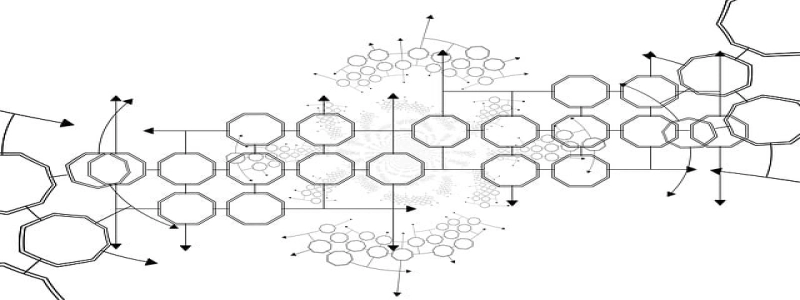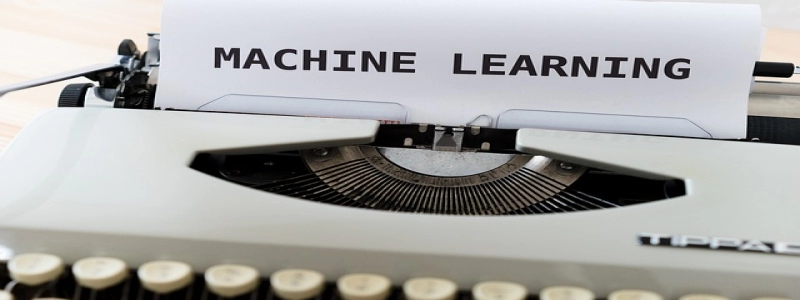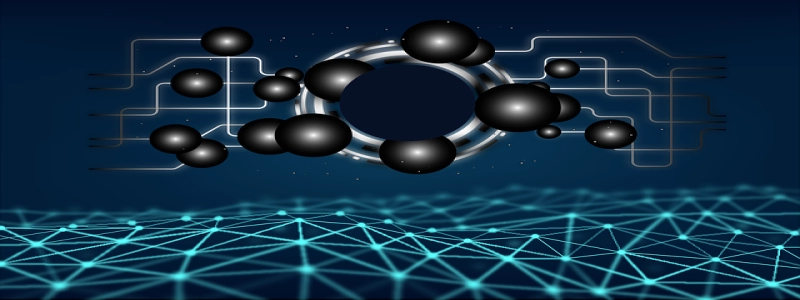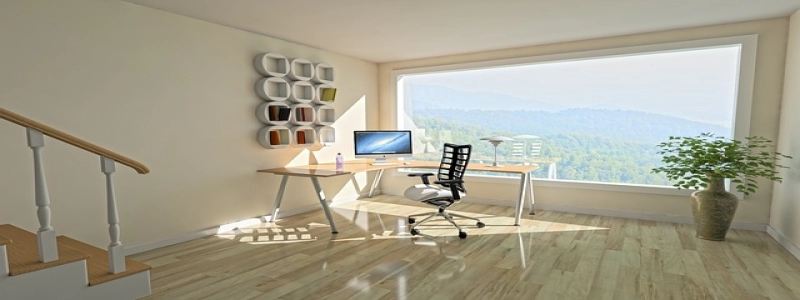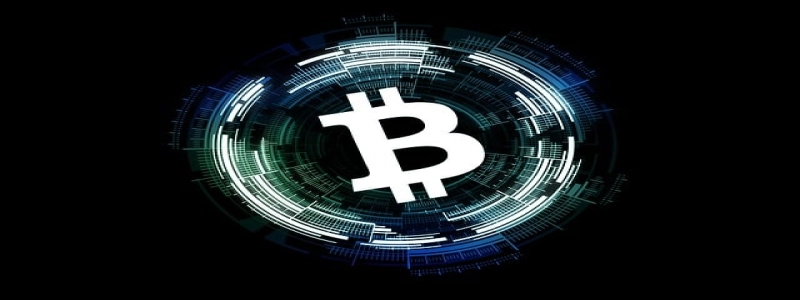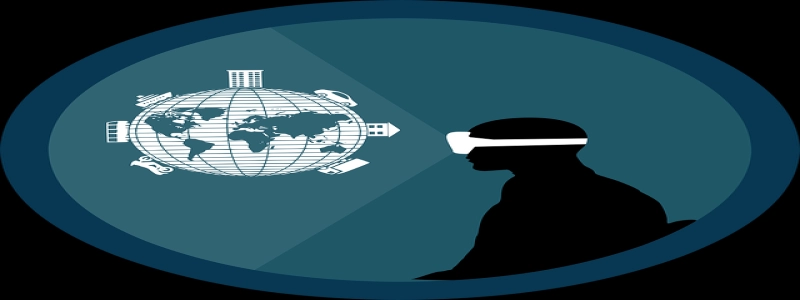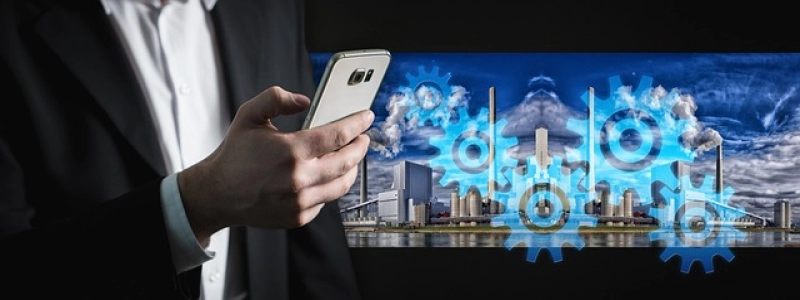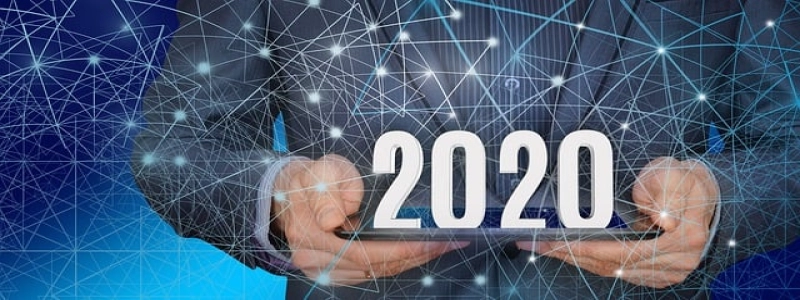Pictures of Fiber Optic Cable
Introduction:
In this article, we will explore the world of fiber optic cable through a series of detailed pictures. Fiber optic cable is a type of high-speed data transmission technology that uses strands of glass or plastic fibers to transmit data via pulses of light. It is widely used in telecommunications, internet connectivity, and many other industries due to its high capacity, speed, and reliability.
1. Picture: Fiber Optic Cable Structure:
The first picture illustrates the structure of a typical fiber optic cable. It consists of a core, cladding, and a protective outer jacket. The core is the innermost part of the cable and is made of a highly transparent material such as glass or plastic. The cladding surrounds the core and helps to confine the light within the core. Finally, the outer jacket provides protection against environmental factors such as moisture and physical damage.
2. Picture: Fiber Optic Cable Cross-Section:
The second picture shows a cross-sectional view of a fiber optic cable. It reveals the core, cladding, and jacket in more detail. The core is a thin, cylindrical strand through which light travels. The cladding, which has a lower refractive index than the core, reflects the light back into the core, preventing leakage. The outer jacket, usually made of plastic, provides additional protection and strength.
3. Picture: Fiber Optic Cable Connectors:
The third picture showcases various types of connectors used to terminate fiber optic cables. Connectors are critical components that enable the connection of fiber optic cables to devices such as routers, stikala, and transceivers. Examples of connectors include the popular SC (Standard Connector), ST (Straight Tip Connector), LC (Lucent Connector), and FC (Ferrule Connector).
4. Picture: Fiber Optic Cable Splicing:
The fourth picture demonstrates the process of fiber optic cable splicing. Splicing is the technique used to join two separate fiber optic cables together. The picture shows fiber technicians carefully aligning the ends of the cables and fusing them using specialized equipment. Splicing is essential when extending existing cables, repairing damaged cables, or creating a network backbone.
5. Picture: Fiber Optic Cable Installation:
The fifth picture depicts the installation of fiber optic cable in various environments. Fiber optic cables can be installed underground, underwater, or overhead, depending on the specific requirements of the project. The picture shows technicians carefully laying the cables, securing them with brackets, and making sure they are protected against potential hazards.
Conclusion:
Through these pictures, we have gained a comprehensive understanding of the structure, components, and installation process of fiber optic cable. Fiber optic technology continues to revolutionize the way we transmit and receive data, providing faster and more reliable communication networks. Understanding the intricacies of fiber optic cable helps us appreciate its importance in our modern digital world.
